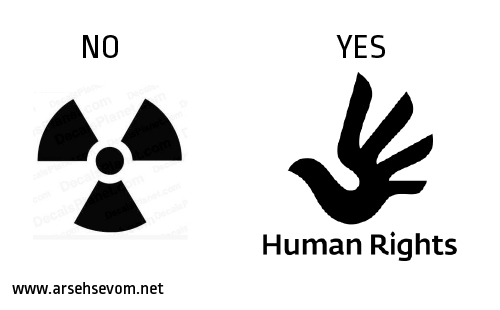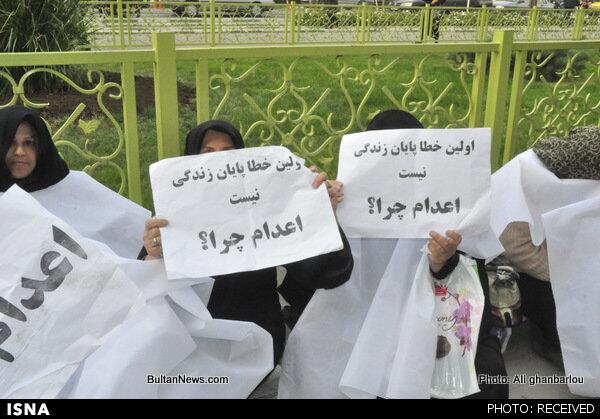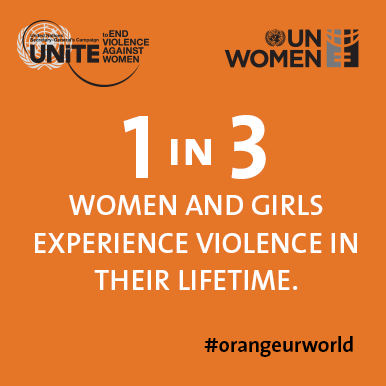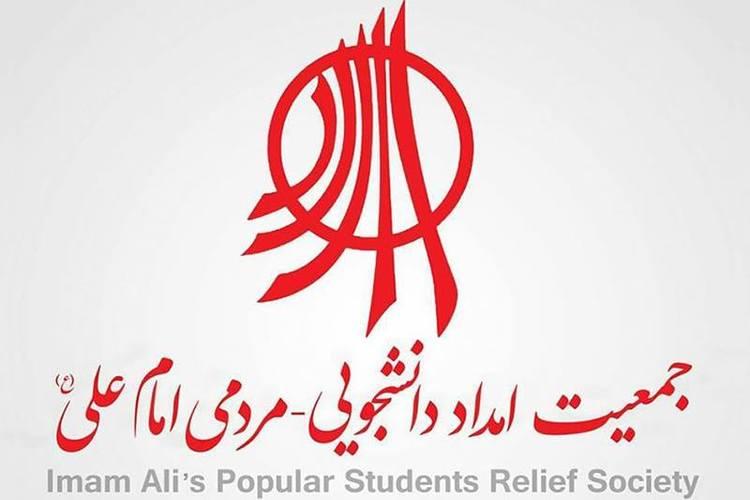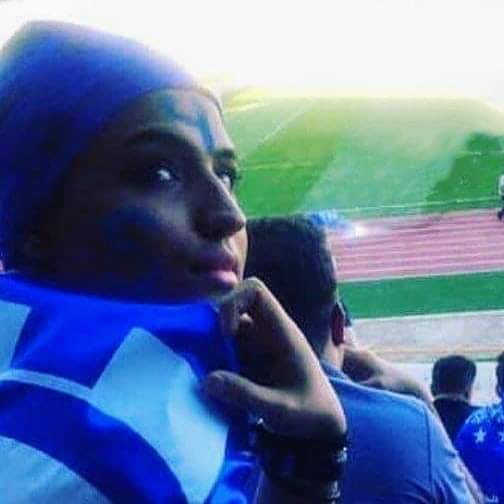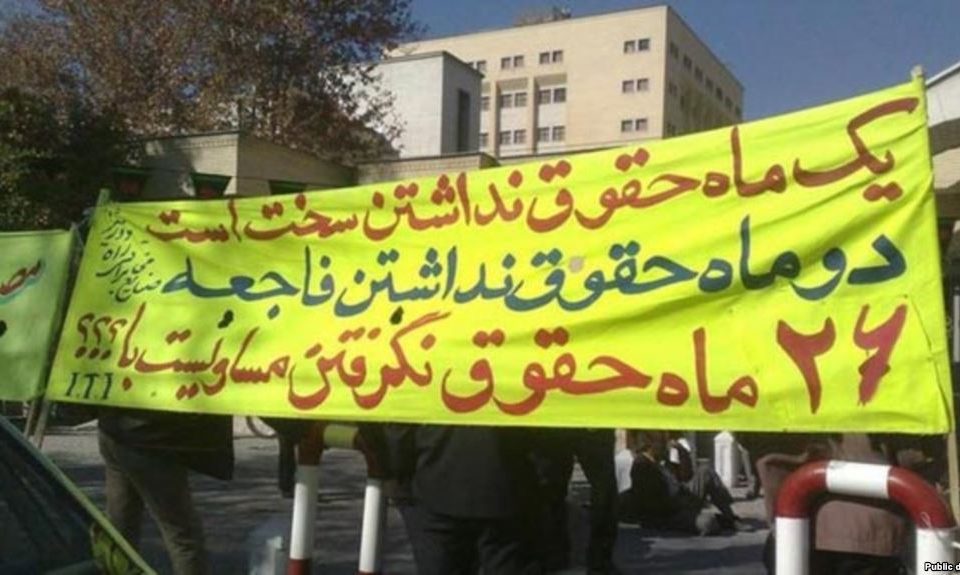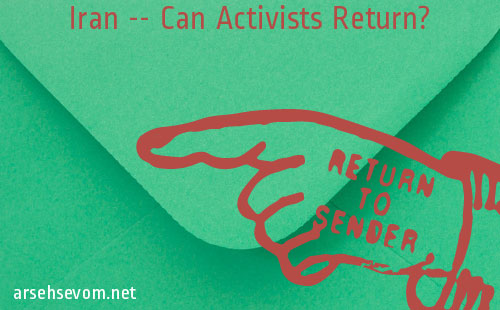
#Iran — Can Activists Return Safely?
November 19, 2013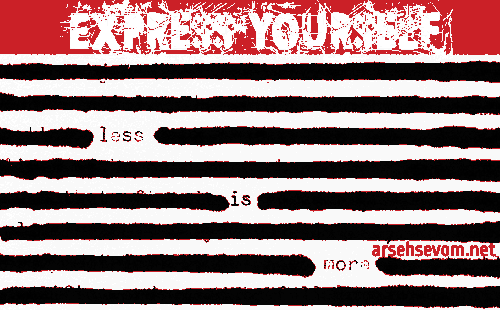
#Iran — Free Expression, Dream or Reality?
December 12, 2013Arseh Sevom–Trust, but verify: that is the message of the recent nuclear agreement with Iran. The completed agreement sent hopes of better times soaring in Iran where a whole generation has felt itself sacrificed to hardline policies and the results of sanctions. If trust can be built in the wake of these negotiations, there is an opportunity for the international community to engage Iran on its human rights record. That is the next step.
by Peyman Majidzadeh
Relief Over the Deal
Iran’s nuclear program is not new. Over the past couple of years, it’s made front page news around the world, portrayed as a threat to the world’s peace and security.
The program was launched in 1950s with the help of the United States in Pahlavi period. It was temporarily halted due to the Islamic Revolution in 1979, when the United States cut its diplomatic ties with Iran. Not long after, Iran’s nuclear program was resumed with the support of new allies. Russians and Chinese chipped in and supported Iran to add more facilities and plants to its nuclear capacities.
On 14 August 2002, Alireza Jafarzadeh, a spokesman for the Iranian dissident group National Council of Resistance of Iran, publicly revealed the existence of two nuclear sites under construction: a uranium enrichment facility in Natanz (part of which is underground) and a heavy water facility in Arak. That marked the beginning of a new series of investigations by IAEA and rumors of Iran’s plans to make a nuclear weapon. Things became more complicated under Ahmadinejad’s administration and bilateral, multilateral, and UN Security Council blanket sanctions escalated. For an abbreviated history of Iran’s nuclear program click here.
“Take your boots off. Our generation will not go to war”
After being elected as Iran’s new president, Hassan Rouhani began his term with the promise of improvement in foreign policy in order to lift international sanctions. The new government made some diplomatic breakthroughs, including the historic phone call with the US President after more than three decades of no diplomatic relations, along with a recent phone call with British prime minister David Cameron [en] which was the first of its kind in over a decade. New rounds of nuclear talks began and Iran became words away to a deal. The deal was close in the second round of talks, but it did not happen. Finally, the historic deal was reached [en] on Sunday 24 November in a meeting after which Javad Zarif and John Kerry shook hands. (Read the full text of the joint plan of action here [en])
The deal created a cheerful environment inside Iran. A lot of people stayed up all night to closely follow the results. Once the news was out of Geneva, twitter user Reza Ghazinouri tweeted:
“Take your boots off. Our generation will not go to war.” [fa]
چکمه هایتان را از پا در آورید. نسل ما به جنگ نخواهد رفت.
— Reza Ghazinouri (@ghazinouri) November 24, 2013
The agreement positively affected exchange market and gold prices. Except for a number of extremists, nearly everyone was happy in Iran.
But what are the terms?
Iran has agreed to limit its activities (including suspending its enrichment of uranium to 20%) and allow even daily access to its nuclear facilities by IAEA inspectors. In return, the six major powers agree to suspend some sanctions and unfreeze an agreed amount of Iran’s revenue held abroad. Read more details here [en].
It should be mentioned that the interim deal is valid only for six months. Provided that everything goes according to plan, the final agreement could be reached in one year and all nuclear related sanctions will be lifted. The New York Times published an interesting infographic [en] to help understand the deal and its outcomes.
Regardless of whether or not fears of Iran’s nuclear weapon ambitions are exaggerated or real (read this interesting facebook post [en]), the pursuit of nuclear energy has caused severe damage to the Iranian society which was deeply hit by sanctions. This wound will take years if not decades to heal.
Although the deal is a relief, its terms could have been agreed upon years ago, before so much social capital and national revenue had been sacrificed.
Time to Defend Human Rights
Now that the nuclear deal is real, it is time to address human rights issues in Iran. The deal is important and a reprieve from sanctions has been a priority of Rouhani’s administration, but the domestic front also requires attention. The human rights situation needs to be addressed seriously. Minorities, women, and political prisoners are suffering. On top of all that, executions continue at record pace, keeping Iran number one in the world when it comes to implementation of the death penalty.
Recently, a coalition of Iranian American organizations sent a letter [en] to a number of major US senators to express concerns over the imposition of new sanctions against Iran. The letter partly reads that the nuclear deal “will strengthen the international community’s efforts to hold Iran accountable to its human rights obligations.”
Iranian scholar Mansour Farhang [en] asked Iran’s Foreign Minister Javad Zarif not to forget the rights of Iranian people.
Amnesty International [en] demanded that Hassan Rouhani deliver on human rights promises. And just recently a campaign named “Step by step to stop death penalty” was started on facebook to deal with the old issue of executions in Iran.
Ahmadinejad in Court
While fortune is smiling on the current president Hassan Rouhani, his predecessor Mahmoud Ahmadinejad is not having his best days. A while ago news outlets reported that Ahmadinejad had been summoned to appear before the court. Last weekend Fars News [fa] reported that his court session will be held on Tuesday 26 November, and he is obliged to be present at the session. However, Ahmadinejad did not attend the court session [fa], proving old habits die hard. His court case will be rescheduled.
According to reports, Ahmadinejad has nine complainants against him. After eight years of challenge and crisis, especially his conflicts with Iran’s parliament, the number of complaints and complainants against him may well rise.
Women’s Situation in Iran
Monday 25 November was the international day for the elimination of violence against women [en]. Violence against women is a global pandemic, and of course one of the main problems Iranian women face. According to BBC Persian [fa], 66.3% of Iranian women are victims of violence and 53% of them experience violence during the first year of marriage. That is much more than the average internationally. The city Ahwaz and the province Kurdistan reportedly struggle with the highest rate of violence against women.


